|
Netflix is now presenting the eight episodes of Bridgerton's first season, with more to come in the future. The story is based on Julia Quinn's regency-set novels about the Bridgerton family, their relatives and friends. Left, Rene-Jean Page as Simon Basset, Duke of Hastings, and right, Phoebe Dynevor as Daphne Bridgerton Their romance took place in the first book, The Duke and I, and followed up in several more novels. The first season centers on them, with subsequent romances to be followed as the series continues, or so we hope. I spent more time, the first run through, trying to identify the settings. I had to watch all eight episodes again to enjoy the story. Did you recognise the room above as the Wilton House Double Cube Room? See my post of December 1, 2020, for previous sightings of the room in period dramas. Here are several more from Bridgerton. Above, also the Double Cube Room in Wilton House, with the young ladies waiting to be presented to Queen Charlotte. The Bridgerton family supposedly lives in London but the exterior of their house is actually in Greenwich, the Ranger's House, below as it appears in the series on the left, and right, as it looks usually. Click on the pictures for larger versions Most of the street scenes in what the story called London were shot in Bath where 8th century architecture still reigns. Below, on the lawn before Bath's Royal Crescent. Lady Danbury's London home was played by Bath's Holburne Museum, which was the Sydney Gardens Hotel in the days of the Regency. Keeping track of which set served as which family's home must have been a logistical tangle for the crew and editors. Below, left, a ball was staged in the gallery of Hatfield House in Hertforshire, and right, the duke and duchess arriving at their country estate, played by the elegant facade of Castle Howard in Yorkshire. Among other country house settings used for Bridgerton scenes were Badminton, Stowe, and several more. The latest I have heard is they are contemplating eight seasons of Bridgerton, and I am cheering. All those sights to identify!!!
0 Comments
Now that Christmas and New Year's are behind us, the stores are filling up with hearts and candy for Valentine's Day, just right for my novella "The Valentine Poem."The protagonists are a young woman who yearns to visit Italy and a gentleman of English and Italian heritage who's leading a double life as a sort of spy for the British government, keeping track of the many Italians in England. The setting is January and February of 1814 in London, a few months before the first fall and abdication of Napoleon and his exile to Elba. Italy is a patchwork of city states, principalities, and anarchy in the wake of Napoleon's short-lived attempt to unify the peninsula under his brother-in-law, Joachim Murat (1767-1815) following decades of Italian discontent when mostly ruled by the Austrian Hapsburgs for most of the 18th century. Seething with political machinations, many of the exiles intrigued to plot changes in the Italian states, a potential threat to British interests. But the British loved Italy and Italian artists too. Above, two of the Italian artists who captured accolades from Londoners in the the early 19th century; Left, Angelica Catalini (1780-1849), famed soprano; right, Antonio Canova (1757-1822), renowned sculptor. All through the long 18th century, Italian composers, musicians, artists, writers, and teachers found welcomes from British audiences for their work. Below, Angelica Kauffman, RA (1741-1807) self-portrait; Antonio Zucchi, RA (1726-1795), by Angelica Kauffman, his wife. They worked both individually and together on many projects in England, particularly wall and ceiling panels in buildings inspired by neoclassical architect/designer Robert Adam and his family. Above, left, "Design" by Kauffman, in the Royal Academy of Art; right, "Spring" a medallion by Zucchi in Kenwood House, London. Kauffman was one of only two women among the founders of the Royal Academy of Art. Not only the gifted found their way to England. The many wars and the crazy quilt of shifting political allegiances -- kingdoms, duchies, princpalities, domination by other nations -- led thousands of Italians north. Farmers, street peddlers, skilled artisans, seamen, and restauranteurs were a few of their occupations. Many of the exiles were conspiring to promote schemes for the unification of the Italian peninsula, activities the British government wanted to keep tabs upon. Above, Rome, 1757, by Giovanni Paolo Panini Travel went in both directions with Italy often the destination of young men on their Grand Tour. Also, entire families sometimes moved from chilly England for health reasons as well as the culture. British museums are replete with Italian art treasures purchased and brought back by English tourists. Above, The Portland Vase, c. lst century BC, The British Museum. This precious vase was discovered in the 16th century and loaned, then sold to the museum by the Duke of Portland. In 1845 it was shattered by a drunken visitor and painstakingly reassembed from the fragments by museum personnel and further repaired in in 1989, a tour de force of restoration. The Portland vase inspired many other artists, perhaps most notably Josiah Wedgewood (1730-95), who reproduced versions and used the cameo themes widely in his ceramics. Above left, Maria Cosway, self-potrait,1787; right, Maria Cosway, portrait of Georgiana, Duchess of Devonshire as Cynthia in Spenser's The Fairie Queen, c. 1781, at Chatsworth House.
I can't conclude until I acknowledge the incredible Maria Coasway, a composer and muscian as well as a renowned painter who exhibited her work at the Royal Academy. She is almost equally famous for her relationship with Thomas Jefferson, begun in 1786 Paris when he was envoy to France, and documented in numerous letters archived at the University of Virginia, the topic of both books and films. This well-known love affair should not dim our respect for her excellence in artistic fields rarely achieved by women in her time. Brava, Maria! |
Victoria Hinshaw, Author
Archives
July 2024
Categories |


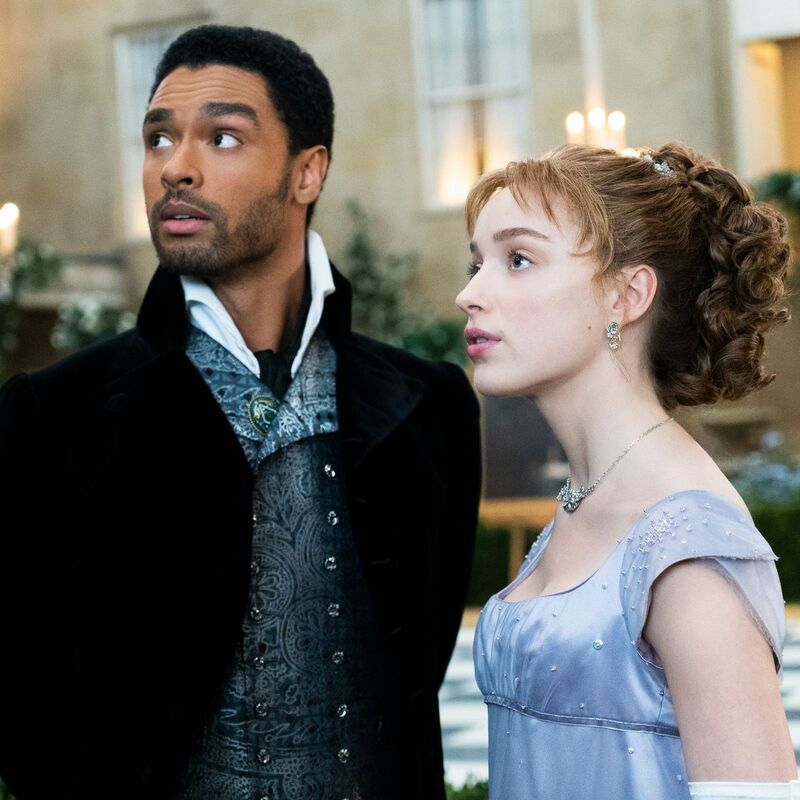
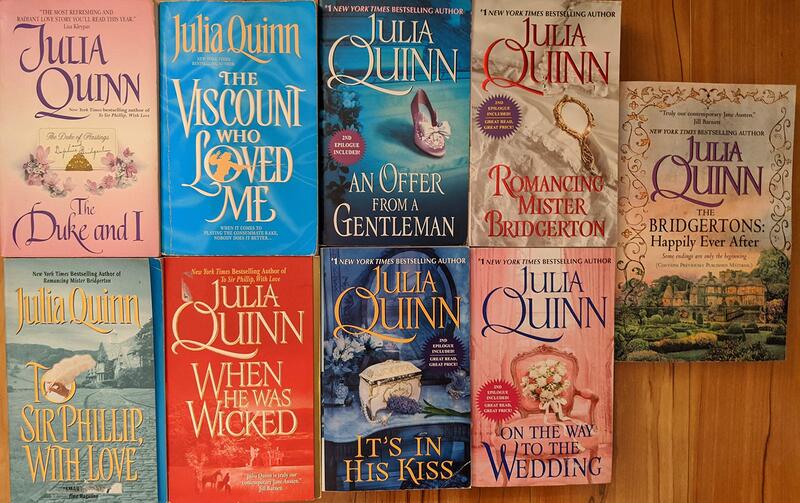

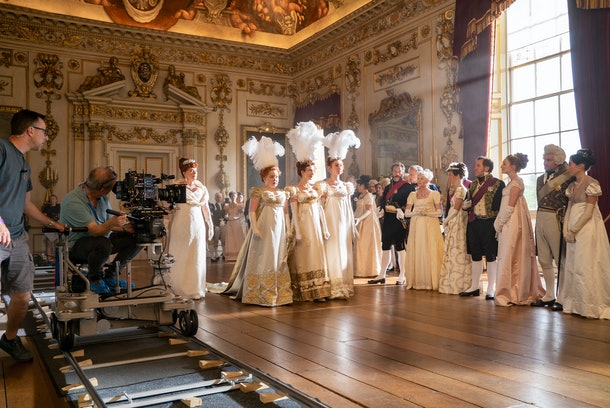

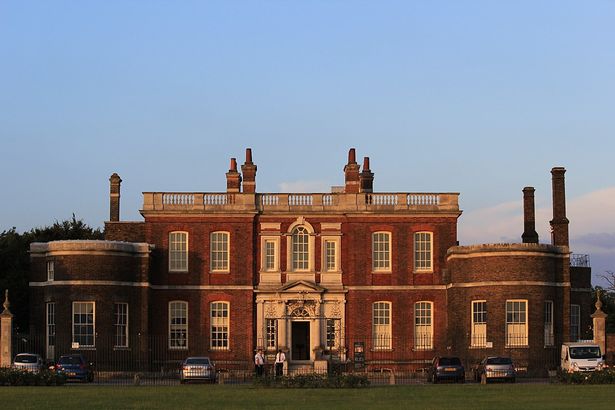
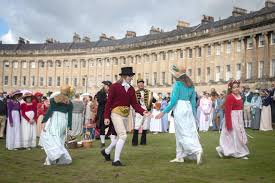

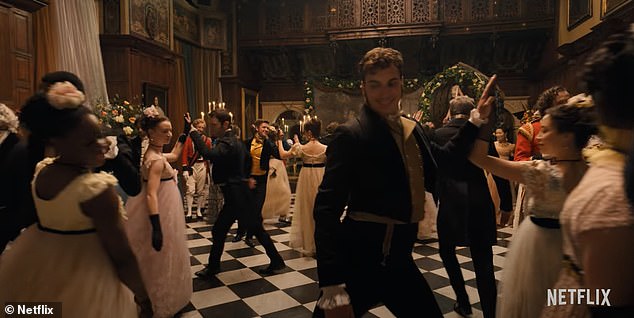
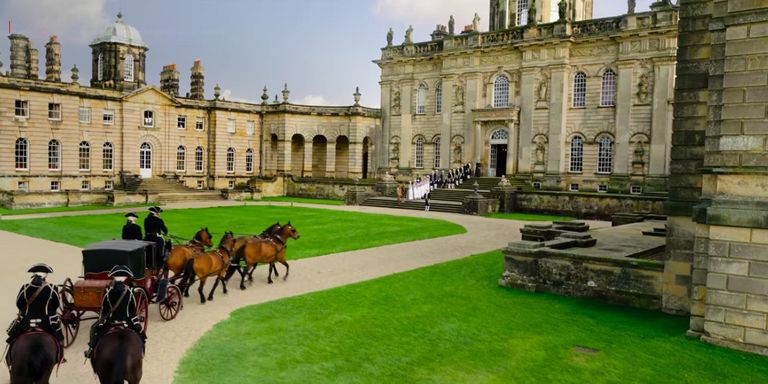
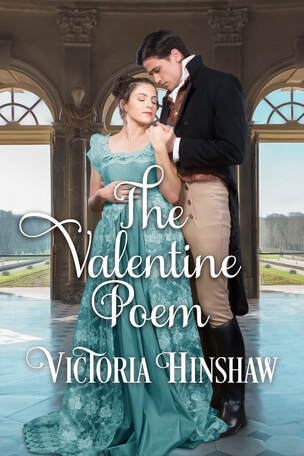

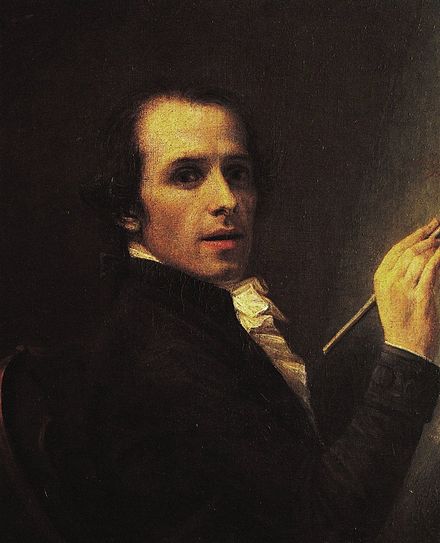
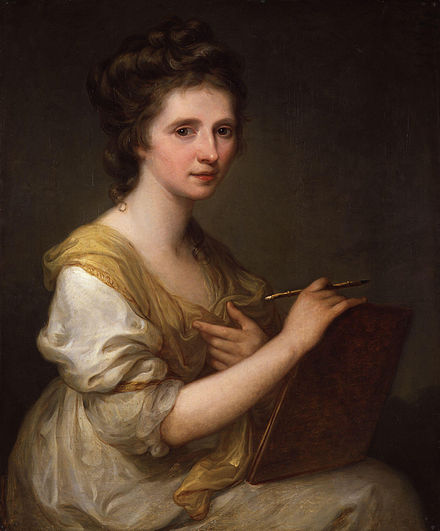
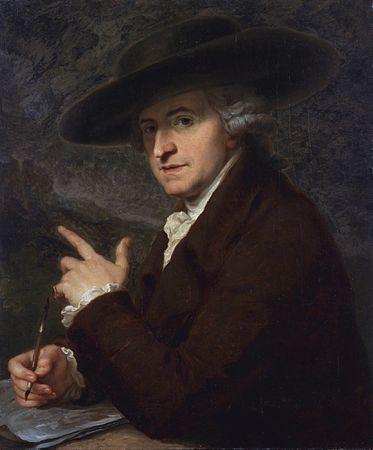
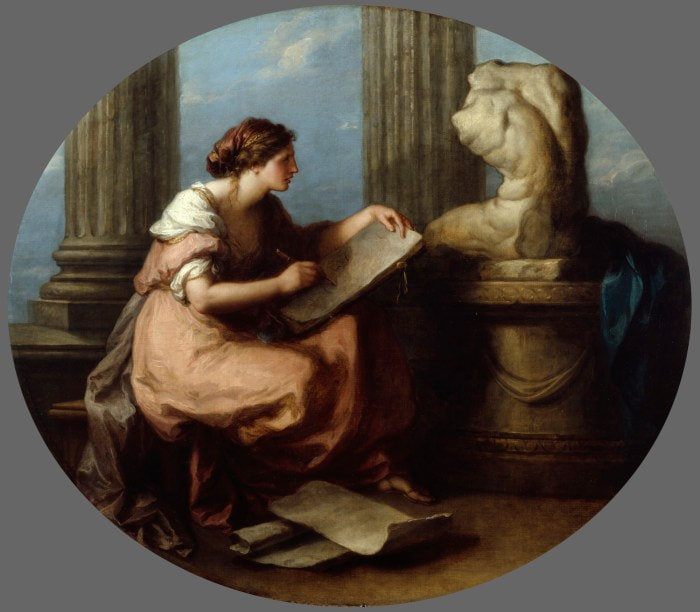


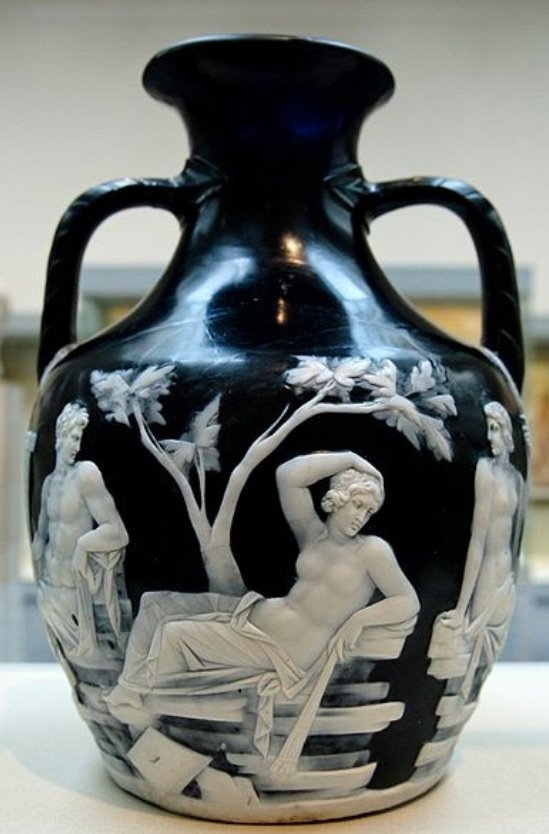
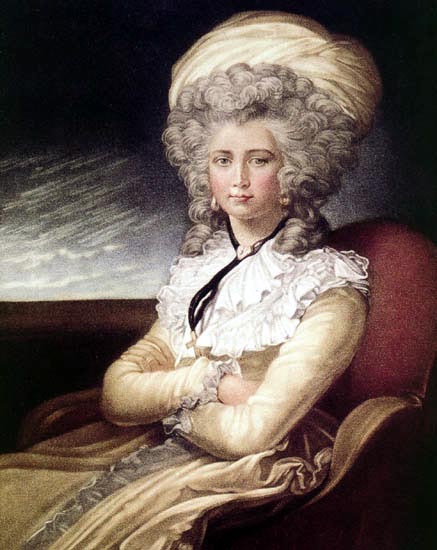
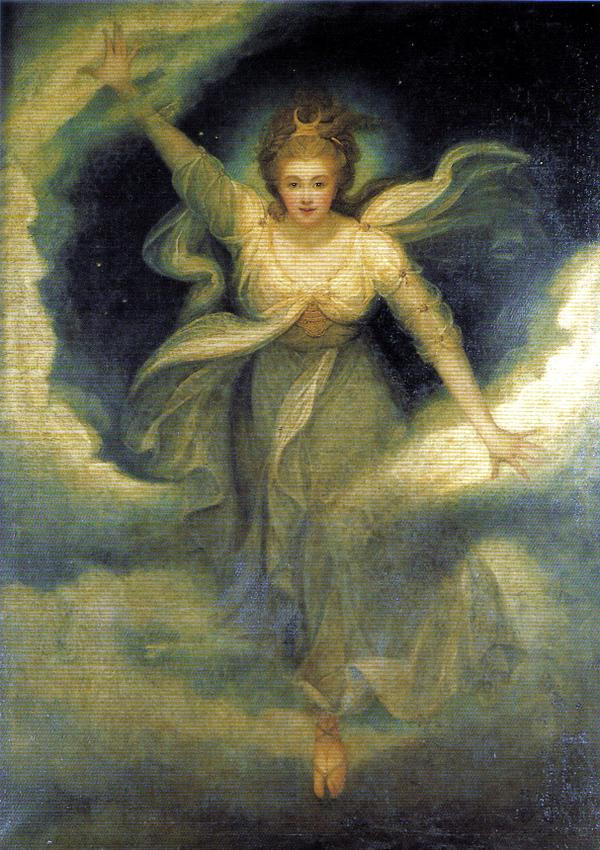
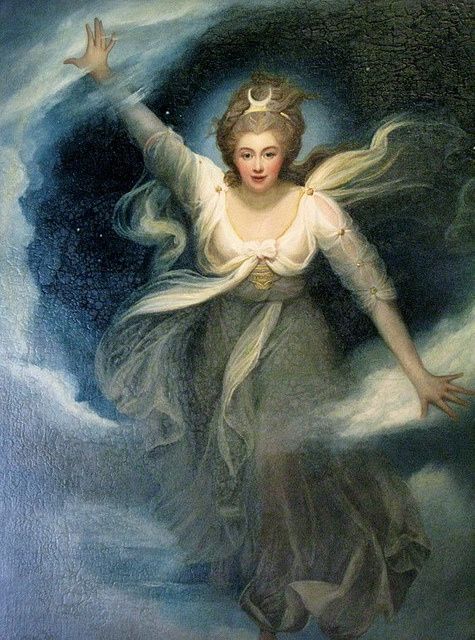
 RSS Feed
RSS Feed